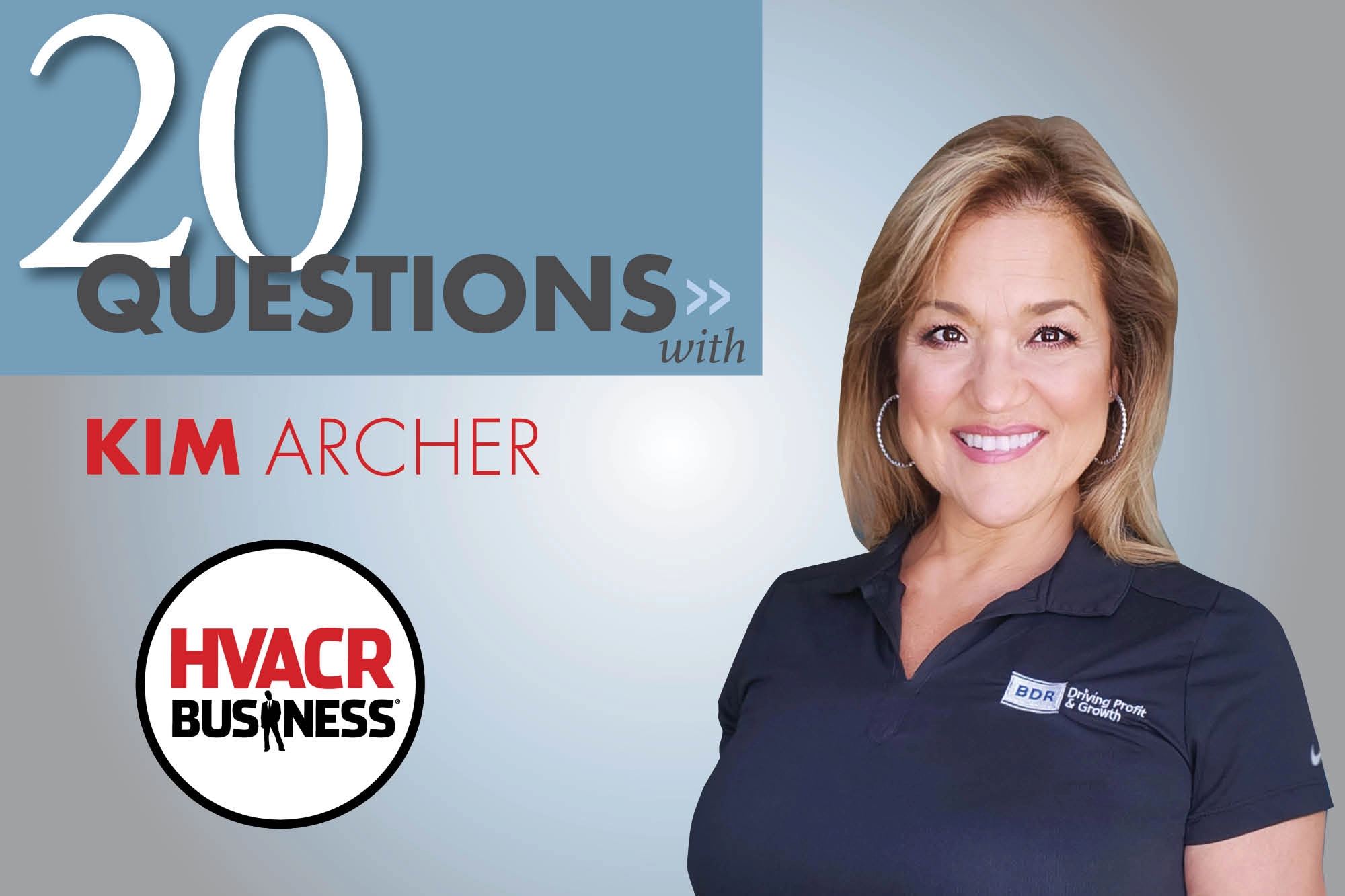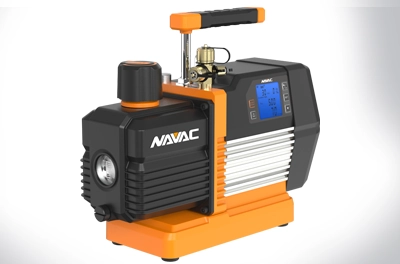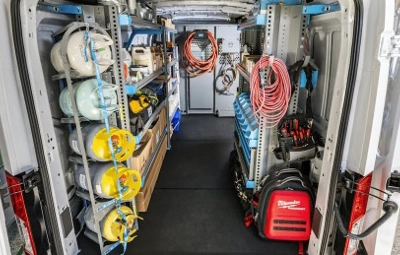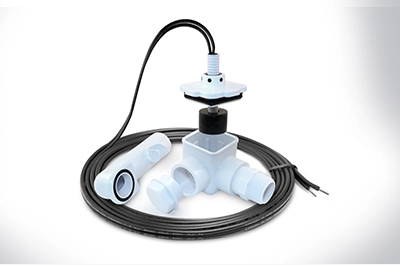Heather Langone, Managing Editor, spoke with Kim Archer, BDR’s Vice President of Coaching & Trainer. They discussed growth vs. scale, the traits of a good coach, and an evolving industry.
1. Do you have a regular practice to destress?
Recently I have been working with a personal trainer virtually. I’ve been lifting weights and I love it. Also, I love to do jigsaw puzzles.
2. Would you describe yourself as cool as a cucumber or highly charged when it comes to decision-making?
Cool as a cucumber.
3. Where do you find daily inspiration?
Honestly… the wins of our team members and clients. I know that sounds like a “proper” answer, but it is a big component that keeps me going.
4. Documentaries, Marvel, or no TV at all?
I’d say, no TV at all. If I do watch, it is documentaries.
5. A saying by Tao Te Ching, says, “When the student is ready the teacher will appear. When the student is truly ready... The teacher will disappear.” Do you agree?
Agree! Sometimes, a client is not ready to implement a specific item, but typically, this is simply a process of developing understanding. Sometimes it takes years, sometimes a few minutes. But when you get the “I get it!” moment… it is super rewarding. Once this occurs, we move to implementation… best practice processes, and systems development that support the goal.
6. What is the best part of coaching?
Seeing business owners or managers achieve their “why,” what they desire in life. When limiting beliefs are removed, they realize they can achieve their biggest goals.
7. What is the definition of a good coach?
A good coach listens with intent. The problem is not always the problem; therefore, a coach must ask effective questions, remove their “lens of the world,” and seek to understand before offering direction. A strong coach will consider scaling the needs of the company in unison with growth. A wise coach must navigate the most important issues based on financial intelligence. Lastly, a good coach has a passion to serve.
8. How would you define financial intelligence?
It is the ability to expose previously unknown opportunities through the collection and analysis of financial data. Think of your financials as your health scorecard. They provide markers that guide the company’s journey to profit and growth.
9. Who were your mentors when you started?
Barry Burnett and Bruce Wiseman. I met Barry in 1993. He was leading a training class, “Structuring for Profit & Growth.” One of our core values at BDR is “heartfelt care and concern,” this class was born out of his love for the industry.
I met Bruce in January 1997 and six months later I was the first team member to join his consulting firm. In 1998, Barry and Bruce started BDR. 25 years later BDR continues to serve the trades by empowering people in the industry with our proven best practices, elevating their ability to reach their financial and personal goals.
10. Summarize why small business owners need to be open to coaching and training?
We all need mentors. No one succeeds alone. In my experience, owners typically do not have an accountability partner. Without a third eye, one can become myopic and only see limitations. A coach can identify opportunities that get buried in the hustle of the day-to-day. A best practice – learn from someone who has been on a similar journey.
11. Is it more/equally important to seek out advice when a business is thriving or when it is just starting?
It’s important at all junctures. Businesses are constantly evolving. Strategic planning is a necessary component of scaling under the pressure of growth. If you build a strong foundation, your company will be able to advance and thrive under the pressure that comes with each phase.
12. How important is a failure in the success of a business?
Incredibly important. I tell my team, let’s work with the failures rather than minimize them. There is an opportunity for growth in each failure.
13. Where do you see BDR and or your role with BDR in the next three years?
I am working on creating our organizational chart for three and five years out. From there, the leadership team will identify areas for skill gap training so BDR will continue to grow and thrive.
14. Is there a single achievement in 2022 for which you are most proud?
Yes. We set a big growth goal for 2022 and achieved it. Preparation began before 2022… scaling of systems that would handle the additional transactions and team members without impacting our service delivery or profits – PROUD is an understatement! It was such an accomplishment for the entire team.
15. Many HVACR owners are self-taught and successful. What would you tell them about expansion and growth?
Never start the journey without a well-developed business plan. Understand the importance of scale; be ready for the increased transactional volume the company will take on. Elevate your leadership game and lead your team well.
16. How important is updated technology in the growth of a small business, especially in that it can be a large expense?
Extremely…I think it is safe to say we are all looking to improve the delivery of our products and services to our clients. To do so, we must perfect internal communication, reduce friction in the processes, deploy labor maximization strategies, and have access to prime performance metrics to ensure we are on track. Technology enhances our ability to deliver on all areas of the business.
17. How do you see the industry changing in the next few years, or do you?
The labor shortage has been a common theme for many years, not new news but a big threat.
We MUST attract career seekers into the trades. A career seeker will look at the earning potential and assess whether or not it is enough to meet their goals. We need the workforce, yet the earnings offered do not attract career seekers. I could speak at length on this topic, but to keep it short, we must price our job correctly, reduce friction in our business and maximize our most critical resource, technicians and installers.
18. What is the biggest impediment to profit and growth?
A lack of understanding of the importance of scale and growth and how they are synchronized.
When owners don’t understand the difference, they often operate under a “growth before scale” business model. Structures built on this foundation end up with systems that are poorly developed and teeter on the verge of collapse under the pressure of increased transactions. Adapting to a model of scale before growth, allows a company to grow with a solid foundation established at every level to withstand pressure at each phase.
19. What is the most important step an owner can take now to drive growth and profit?
Manage your assets to leverage the opportunities.
20. What is your biggest goal in 2023, in terms of your role at BDR?
Our biggest goal is to enhance our systems to reduce points of friction which will ultimately protect our brand and ensure a consistent delivery procedure is followed.






